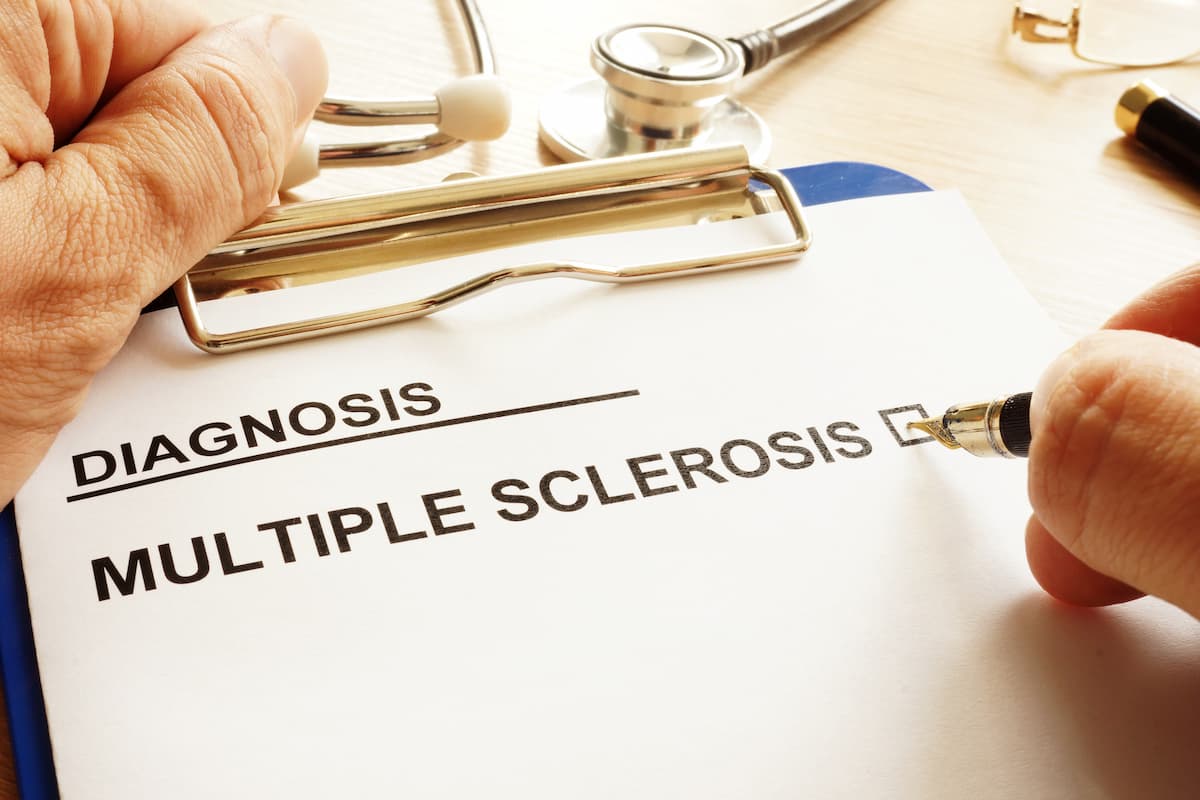Article
Which Factors of MS Treatment Satisfaction Have Strongest Effect on HRQOL?
Author(s):
Certain aspects of satisfaction with multiple sclerosis (MS) treatment can impact health-related quality of life (HRQOL).
A recent study examined the association of health-related quality of life (HRQOL) in multiple sclerosis (MS) with patient treatment satisfaction in order to determine which factors of treatment satisfaction can best illustrate HRQOL.
The authors said their intent was to capture the relationship between HRQOL and satisfaction with medication treatment, which typically includes factors such as effectiveness, side effects, and convenience.
Participants in the study included nearly 3000 patients who were treated with first-line disease-modifying therapies (DMT) for MS. The study took place at 455 neurological practices across Germany.
A total of 2831 patients (94.7%) had relapsing-remitting MS while a minority —159 (5.3%)—had clinically isolating syndrome, one of the 4 paths that MS can take.
Seventy-five percent of the patients were female, with a mean patient age of 43.36 [11.09]. The average length of time patients had MS was 8.78 years. Overall, 250 (8.4%) patients were currently untreated but had received prior first-line therapy.
First-line therapies included interferon (IFN) beta-1a intramuscular; IFN beta-1a subcutaneous; IFN beta-1b subcutaneous; or glatiramer acetate.
In the year prior to entering the study, 37.5% of the patients had at least 1 relapse; overall, the mean Expanded Disability Status Scale (EDSS) score was 2.26[1.52]. Nearly half of the patients (45.5%) had MS-related fatigue and nearly 17% had a clinical depression.
Patients answered the HRQOL (Medical Outcome Study Health Survey 36-Item Short Form version 2.0, SF-36) questionnaire and the treatment satisfaction (Treatment Satisfaction Questionnaire for Medication Version 1.4, TSQM) questionnaire.
The SF-36 measures health status across 8 areas: physical functioning, role participation with physical health problems, bodily pain, general health, vitality, social functioning, role participation with emotional health problems, and mental health. The health domain scales run from 0 to 100, with higher scores indicating higher HRQOL.
The TSQM is a general measure of patient satisfaction with current medication; as with the SF-36, scores closer to 100 represent higher satisfaction. It asks about global treatment satisfaction, side effects, effectiveness, and convenience.
On the SF-36, the physical summary score was 45.49 [12.03] and mental component summary score 42.87 [12.12]. Patients not on current treatment (n = 250) reported lower HRQOL scores than patients (n = 2740) receiving first-line treatment (P < .001).
Perhaps not surprisingly, physical disability was the strongest cross-sectional predictor for physical health, with a corresponding standardized beta (b) coefficient effect size of 0.408). That was followed by employment status (b = 0.163), age (b = 0.159) and treatment satisfaction in terms of side effects (b = 0.146) and effectiveness (b = 0.137).
For the mental summary health dimension, presence of a major depressive episode (b = 0.234) had the strongest effect, followed by satisfaction with side effects (b = 0.152) and effectiveness (b = 0.131).
“To improve HRQOL, patients’ needs and satisfaction measures may be integral part of disease management beyond treatment of physical disability, depression or fatigue,” the authors said.
Reference
Schriefer D, Haase R, Kullmann JS, Ziemssen T. Health-related quality of life and the relationship to treatment satisfaction in patients with multiple sclerosis: Insights from a large observational study. Patient Prefer Adherence. Published online May 22, 2020. doi: 10.2147/PPA.S248272





